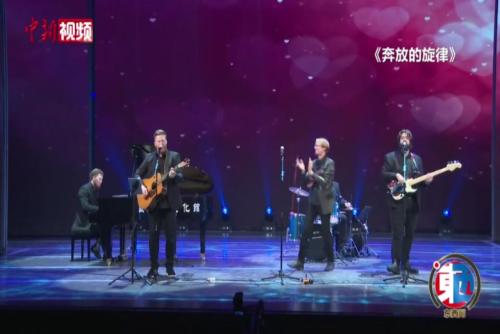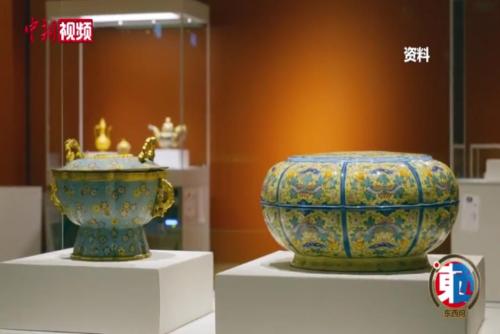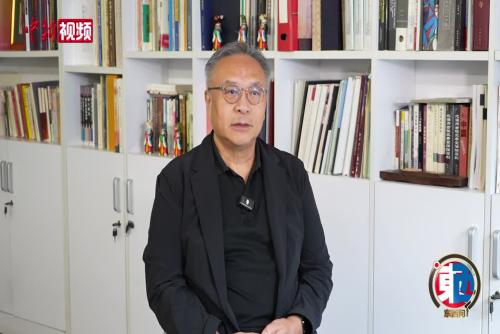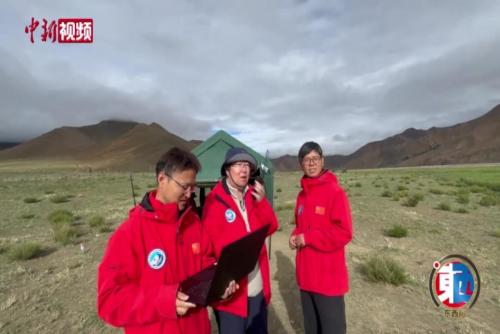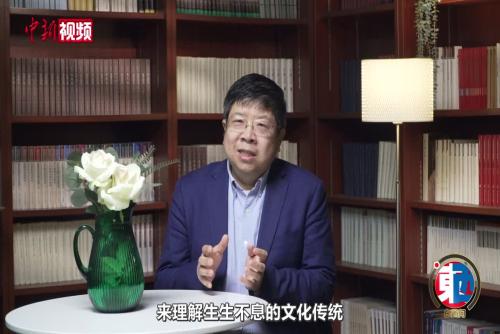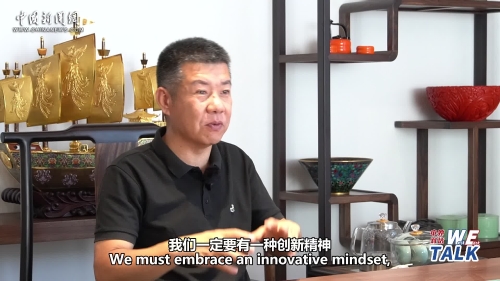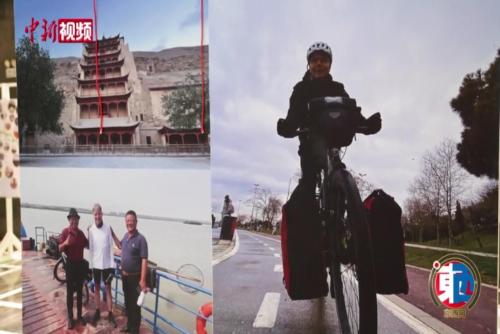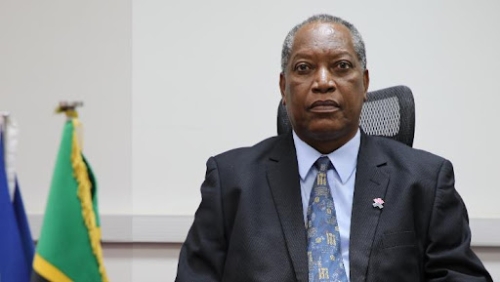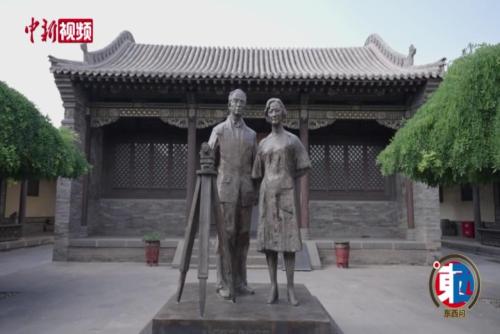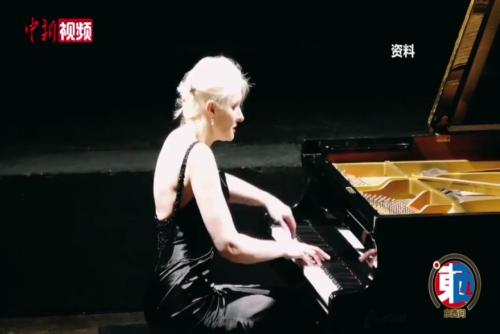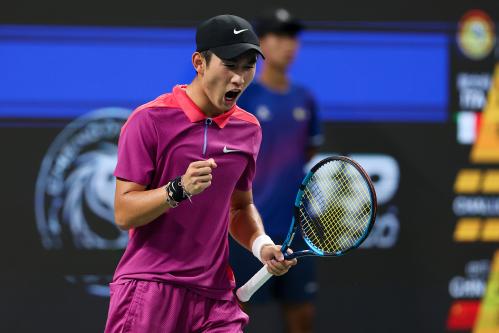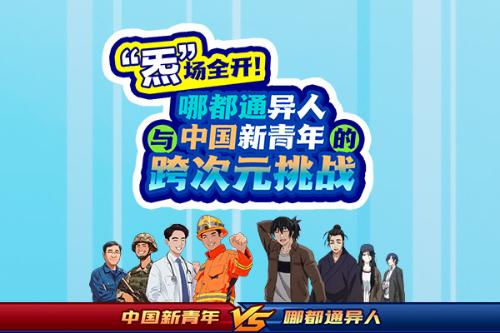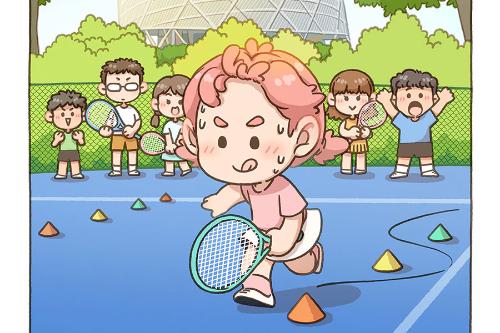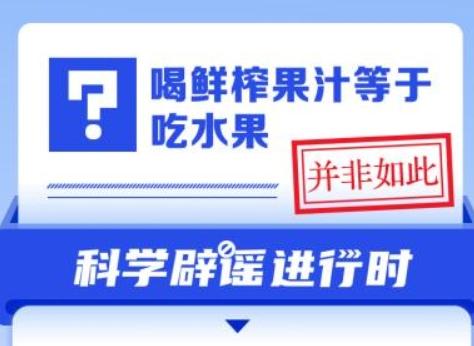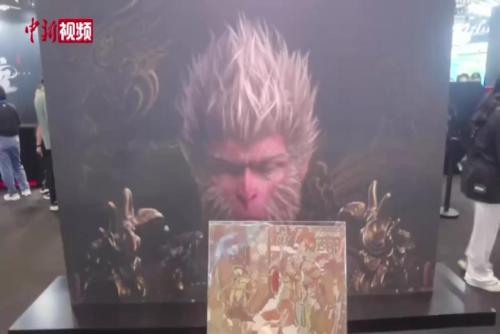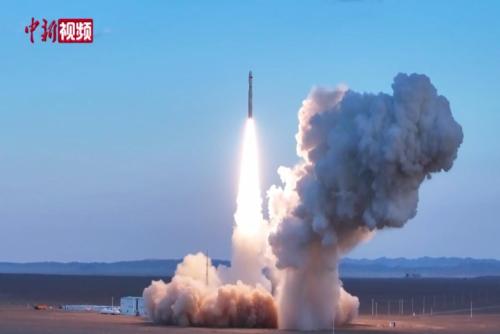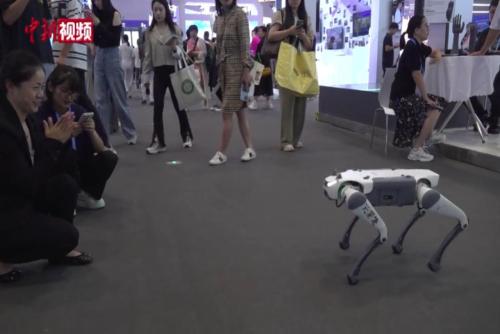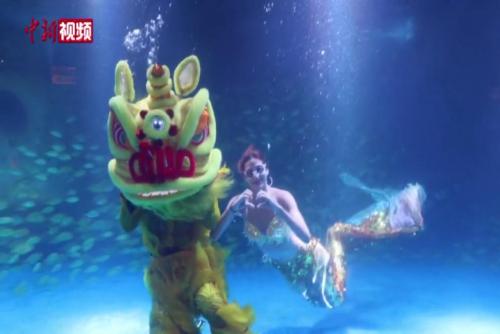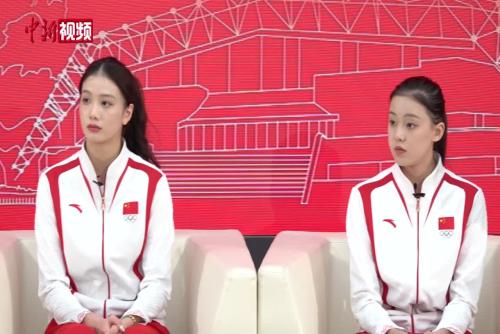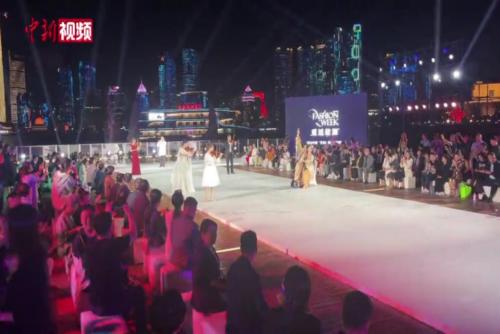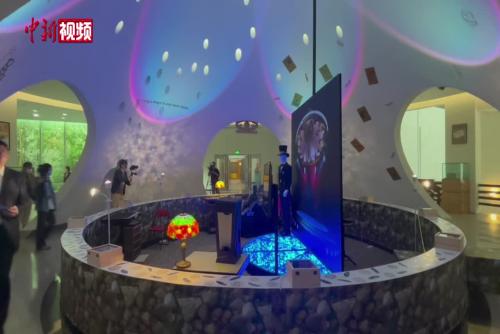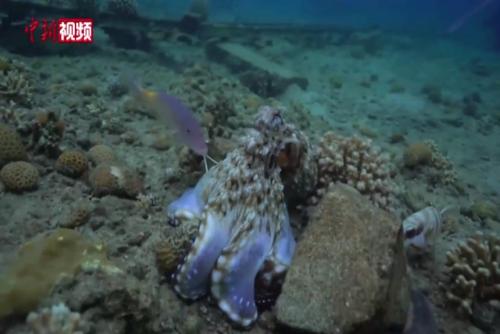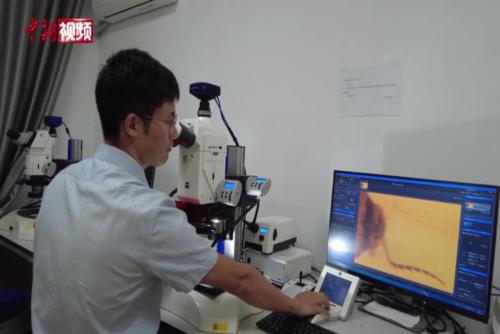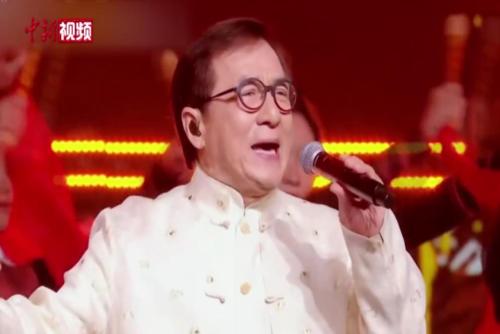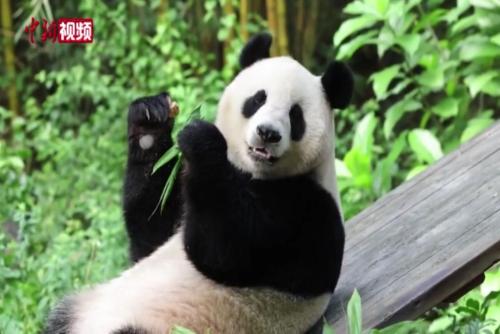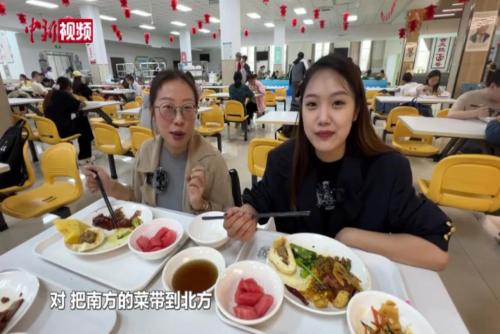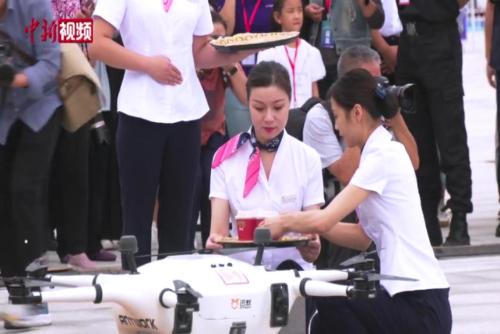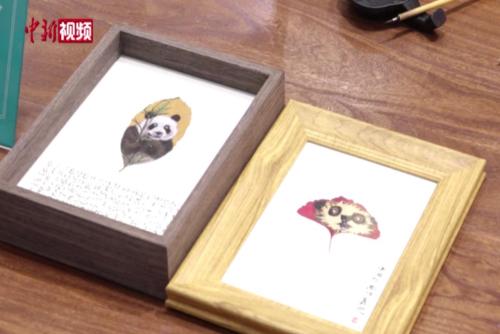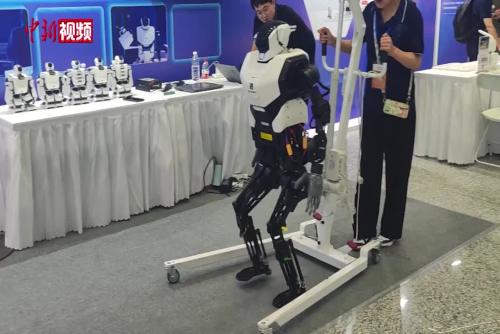China News Service Beijing, May 5: How did China and France communicate with each other in the 17th and 18th centuries?
——Exclusive Interview with Guo Fuxiang, Research Librarian of the Palace Museum and Chinese Curator of "The Forbidden City and Versailles"
China News Service Reporter Ying Ni
This year marks the 60th anniversary of the establishment of diplomatic ties between China and France, as well as the year of cultural tourism between China and France. The exhibition "The Forbidden City and Versailles - Sino French exchanges in the 17th and 18th centuries" is being held in the Palace Museum, which gathers about 200 cultural relics from the Palace Museum, Versailles and other collection institutions, and mirrors the history of Sino French palace exchanges.
As the Chinese curator of the exhibition, Guo Fuxiang, a research librarian of the Palace Museum, recently accepted China News Service The "East West Question" interview details the uniqueness of Sino French exchanges during this period.
The interview is summarized as follows:
China News Service Reporter: Please introduce the general situation of this exhibition.
Guo Fuxiang: The origin of the exhibition can be traced back to 2014, when it was the 50th anniversary of the establishment of diplomatic relations between China and France. The Palace of Versailles held an exhibition entitled "China in Versailles - Art and Diplomacy in the 18th Century" to show the French nobility and bureaucracy's obsession with Chinese art and the impact of Chinese art on French art creation. This exhibition has produced good social effects in France, and Versailles hopes to promote this exhibition to China. Later, due to various reasons, the exhibition was delayed several times.
This year coincides with the 60th anniversary of the establishment of diplomatic relations between China and France. It is also the year of cultural tourism between China and France. It is a good time to hold exhibitions. Just like the name of this exhibition, the Forbidden City and Versailles are the labels of their respective cultures, and also the idea of this exhibition.
The exhibition "The Forbidden City and Versailles - Sino French exchanges in the 17th and 18th centuries" was displayed in the Wenhua Hall of the Palace Museum in Beijing. Photographed by Du Jianpo
The exhibition focuses on the exchanges between the courts of China and France in the 17th and 18th centuries, as well as the history of extensive exchanges in the fields of science, diplomacy, trade, culture and art, and examines the grand occasion of cultural exchanges and mutual learning between the two countries for more than a century from a new perspective. There are a variety of cultural relics in the exhibition, presenting the efforts and achievements made by China and France to reach mutual understanding and cultural exchanges.
China News Service Reporter: Why does the exhibition focus on Sino French exchanges in the 17th and 18th centuries? What are the distinctive features of bilateral exchanges during this period?
Guo Fuxiang: Compared with China and other European countries at the same time, the Sino French relations in the 17th and 18th centuries were unique. China and France did not exchange official national missions, but the exchanges between the two countries were carried out from the very beginning with the high attention and direct participation of the court and the government. The exchange of science and art became the main theme of the exchanges during this period.
In 1655, John Nihoff, a Dutch, traveled to China to record and draw what he saw from Guangdong to Beijing. In 1665, he published a book in Europe that introduced China's geography, culture, architecture, etc. in the 17th century, which became an important material for Westerners to intuitively understand China. The Nanjing Glazed Pagoda described in the book, built in the Yongle period, left a deep impression on Westerners and became an important symbol of Chinese architecture. Later, Louis XIV ordered the construction of the Trianon Porcelain Palace in Versailles. This wonderful building with pagoda roof and blue and white porcelain decoration was influenced by the architectural style of the glazed tower.
With the prosperity of Chinese and Western porcelain trade and scientific research activities, French missionaries serving the Qing Palace have become an important link for communication between the two countries.
During the Kangxi period, some French missionaries helped Emperor Kangxi learn western science and presented scientific instruments from Europe. According to the account of the French missionary Jean Francois Gerbilton, Emperor Kangxi used a semicircle to measure the meridian height of the sun on his patrol. The scientific knowledge from France has boosted the scientific exploration of the Chinese court to a climax. This also explains why there are so many astronomical and mathematical instruments from France in the Qing Palace during the Kangxi period.
The exchanges between the Chinese and French courts continued in the Louis XV and Louis XVI era of France, that is, the Yongzheng and Qianlong periods of China, and expanded in related fields. During this period, there were obvious changes in the types of French gifts. A variety of handicrafts and articles for daily use that demonstrated the level of French court production skills increased, including Chinese themed tapestries, portraits inlaid in glass and wood frames, porcelain from the Sever Royal Porcelain Factory, binoculars, microscopes, atlases, art books, etc. Later information showed that even on the porcelain plate, the artists of the Seifer Royal Porcelain Factory fired the portrait of Qianlong. The first work was collected by King Louis XVI.
A pair of egg shaped bottles painted with gold landscape figures in lavender, fired by the Seiffel porcelain factory in France. Photographed by Tian Yuhao
China News Service Reporter: What were the specific moments in the Sino French exchanges in the 17th and 18th centuries that made you feel the exchange between the two countries?
Guo Fuxiang: When sending the missionary group for the second time, Louis XIV wrote a letter to Emperor Kangxi, in which he called each other "our dearest good friend" and wrote, "Knowing that your majesty is thirsty for talents... So several years ago we decided to send our subjects, six learned Jesuit mathematicians, to bring all the latest scientific knowledge to your majesty..." Although this precious letter was not delivered to Kangxi for various reasons, we put it at the beginning of the exhibition this time. It should be said that this letter that has not arrived hides the historical gaze between China and France.
In 1688, five of the six "king mathematicians" sent by Louis XIV arrived in Beijing, and Zhang Cheng and Joachim Bouvet stayed at the court. After entering the palace, Bai Jin and others got along well with Emperor Kangxi. They recorded many experiences of getting along with Emperor Kangxi from the first perspective: "He was eager to ask us some exercises he had already done, or to ask us some new questions." "Such a busy emperor was so diligent in learning all kinds of science and so obsessed with art."
In 1697, Bai Jin returned to Paris as an imperial envoy sent by Emperor Kangxi and conveyed to Louis XIV the Emperor Kangxi's desire to recruit talents and the gift from the Forbidden City. When I went to China again, a portrait of Louis XIV was added to the gift. Emperor Kangxi stared at the portrait for a long time. Bai Jin wrote, "The emperor is staring at the portrait", which is naturally bright. I think the light of civilization dialogue must shine at the moment of staring.
Visitors visit the exhibition. Photographed by Tian Yuhao
China News Service Reporter: What are your impressive exhibits in this exhibition?
Guo Fuxiang: Gifts were an important carrier of scientific and artistic exchanges between China and France during this period, and we had many specific new discoveries in the preparation for this exhibition.
For example, the copper plated gold shell in the exhibition lights up the figure like pocket watch. The first time we noticed this pocket watch was in 2004. It is not very impressive among many objects that Qing emperors played with privately, but if we look carefully, we will find many interesting information.
The back center of the gold-plated copper case is surrounded by tulips. Inside the opening is a relief portrait of a man. When the case is opened, a lifelike Chinese dragon is carved on the protective cover of the swing wheel in the movement. We can't help wondering who is the author of this pocket watch? Why is there a dragon totem? Who is the portrait behind the watch case? Through in-depth research, we gradually pieced together the story behind: this pocket watch is decorated with blue enamel and golden lily patterns, which is a typical symbol of the French royal family. The translation of the Latin script on the watch revealed the identity of the watch maker Isaac Thuret, a French court watchmaker.
The copper plated gold shell lights up the figure like a pocket watch. Photographed by Shi Chunyang

The copper plated gold shell lights up the figure like a pocket watch. Photographed by Shi Chunyang
So everything made sense. We concluded that this was a gift from King Louis XIV of France to Emperor Kangxi. When designing the pocket watch pattern, the French side conducted an in-depth study of Chinese culture, using the Chinese five claw dragon instead of the common western dragon image, which shows the French royal family's intention and importance to France China friendship.
When cooperating with Versailles Palace this time, we asked French experts to verify the identity of the portrait on the pocket watch and learned that it was Louis XIV himself. When the truth came to the surface, my mood could be described as surging. The history of exchanges between China and France during that period has finally changed from a vague narrative to a clear picture. The two emperors of the East and the West met on this pocket watch and gazed at each other, witnessing a memorable time in the history of China France palace exchanges and cultural exchanges, which also made this collection particularly valuable.
China News Service Reporter: The exhibition has been open for some time. What is its social response?
Guo Fuxiang: After the opening of the exhibition, it aroused widespread concern. Many viewers said that this is an exhibition with stories, and agreed with the statement that "it is not far away from ten thousand miles; the light of civilization reflects on each other". Through a series of cultural relics display, the audience had a more intuitive understanding and fuller understanding of the breadth and depth of Sino French court exchanges in the 17th and 18th centuries. Many audiences told me that they did not know much about the history of Sino French exchanges at this stage in the past. After watching the exhibition, they had a fresh feeling that in that historical stage, China and France were in a state of "rush". The courts of the two countries learned from each other, respected each other, and enhanced cultural exchanges and mutual learning.
Visitors visit the exhibition. Photographed by Tian Yuhao
As two countries with world influence at the eastern and western ends of the Silk Road, China and France, though separated by thousands of mountains and rivers, have carried out continuous attempts to understand each other and cultural exchanges in history. Their attraction and mutual interest have always been deeply embedded in historical memory, which is memorable and has created a good story of exchange and mutual learning in the history of world civilization development. Even today, this kind of communication still exudes charm. (End)
Interviewee Profile:

Guo Fuxiang is a research librarian of the Palace Museum and the director of the clockwork research institute of the Palace Museum. He has been engaged in the preservation, display and research of palace cultural relics in the Palace Museum for a long time, presided over the exhibition of Gulangyu Foreign Cultural Relics Museum, the first branch of the Palace Museum, and presided over large-scale exhibitions such as scientific instruments of the Qing Palace, clock relics in the Palace Museum, and "Beyond the Boundaries: Cartier Palace Museum Crafts and Restoration Special Exhibition". His research interests are mainly in the history of Chinese clocks and watches, the history of palace clocks and watches collection, the seal of the emperor and empress of the palace, the cultural exchanges between China and the West, the history of jade articles in the Qianlong period, and palace life. He has published such monographs as The Seal of Emperors of the Ming and Qing Dynasties, Chinese Emperors and Westerners, Chinese Legends of Clocks (French version), Historical Images of Time - Collection of Chinese Watch History, etc.


















